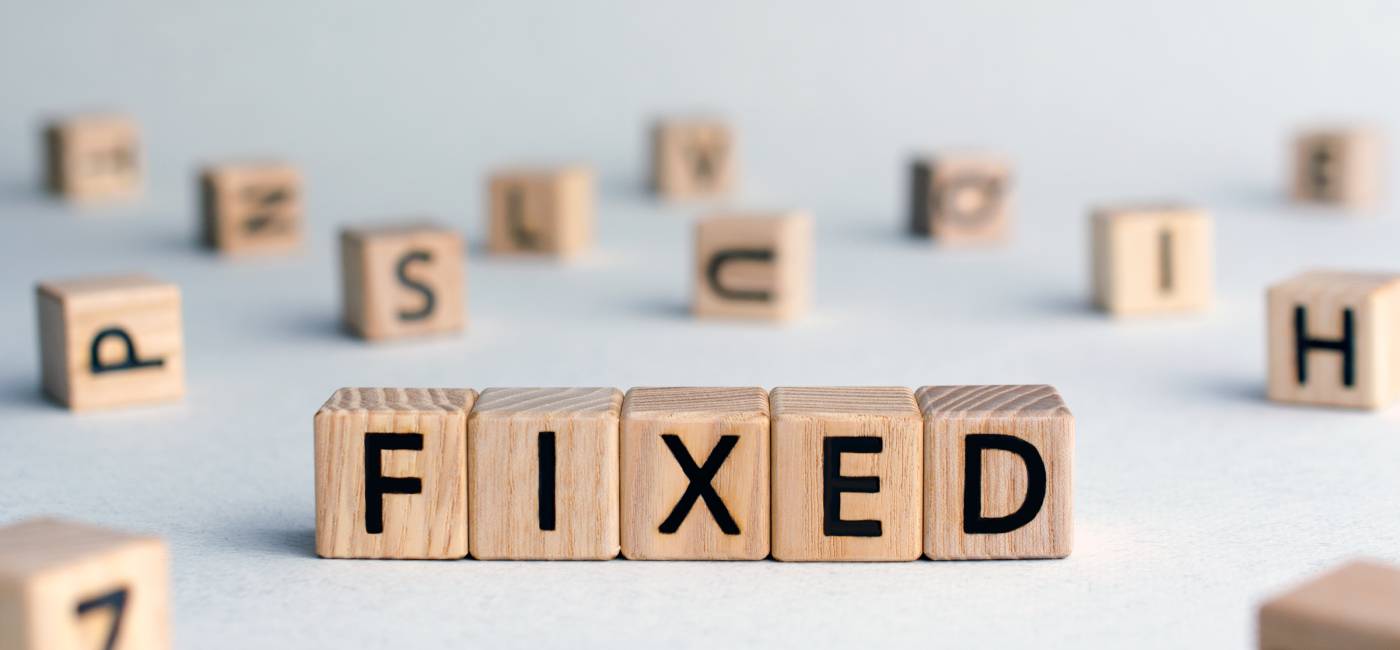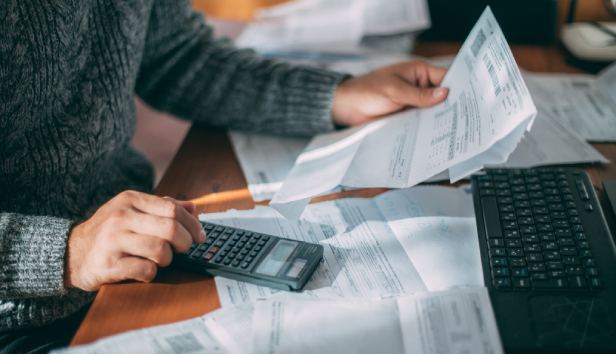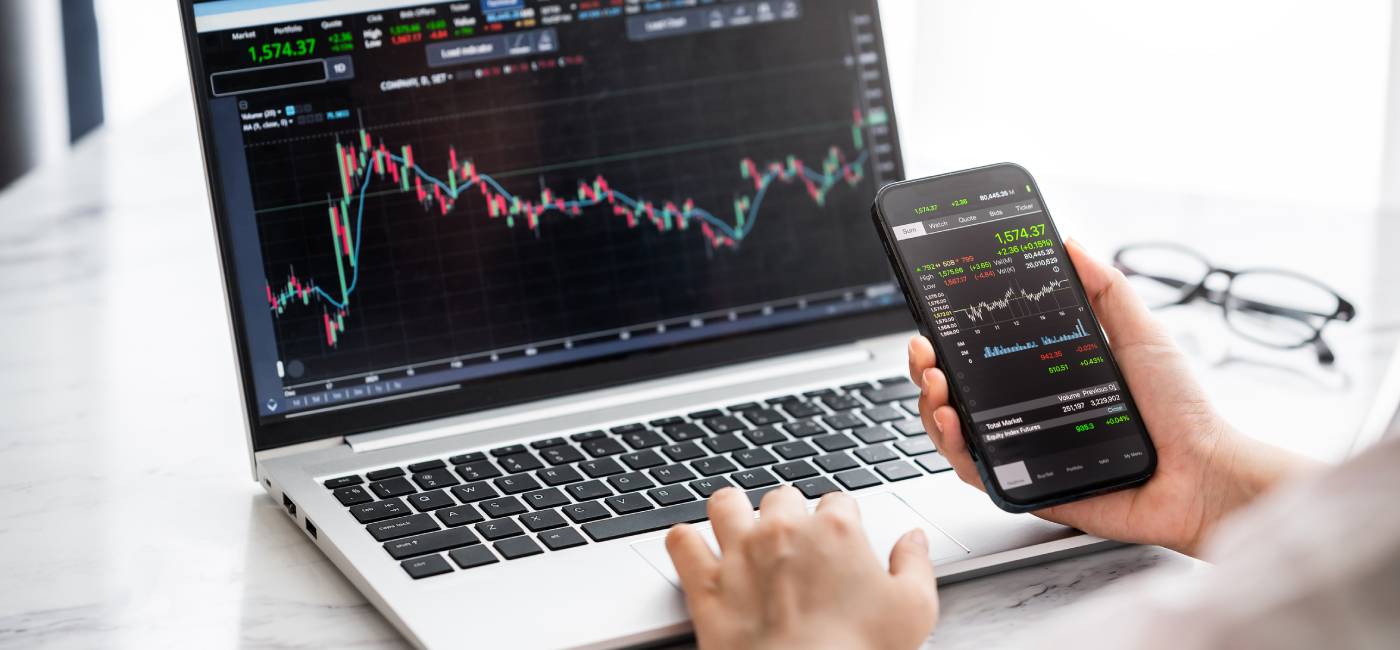
This article is for general guidance only and is not financial or professional advice. Any links are for your own information, and do not constitute any form of recommendation by Saga. You should not solely rely on this information to make any decisions, and always obtain independent, professional advice for your own particular situation. All information in this article is correct at the time of publishing, but laws, entitlements, tax treatments and allowances may change in the future.
If you’re looking for a home for your savings, you may be wondering whether to lock your money into a fixed-rate savings account. These accounts give you the security of a known interest rate for the term of the account. But your money will be tied up for a set amount of time.
And, of course, a lot will depend on what happens to interest rates this year and beyond.
In this article, we’ll explain the pros and cons of fixed-rate accounts, and what might be the best choice in 2025.
What’s on this page?
The truth is there isn’t a one-size-fits-all answer. While fixed-rate accounts have their benefits, there is also an argument that a different type of account may be better for you. Much will depend on what you think will happen to interest rates and when you need access to the money.
At the moment, the consensus is that interest rates may continue to come down. The Bank of England’s base interest rate is currently at 4.5%, having dropped from 4.75% in February 2025. So you might think it worthwhile to lock into a fixed rate now, in case interest rates fall again.
The top interest rate on fixed rate accounts is currently about 4.5%. At the moment, easy-access rates are generally higher than fixed-rate accounts, because of expectations that interest rates will be cut again this year. It’s possible to find easy-access interest rates as high as around 4.75%, although of course, there is no guarantee that the rate will be maintained.
Or you may want to invest your money rather than put it in cash savings for the best chance of long-term growth – although nothing is ever guaranteed with investing.
When you’re picking a savings account – or any other investment – it’s important not to think about your returns in isolation. You need to look at your situation, your attitude to risk and your plans for your cash, says Katie Volker, financial planner at Volker Financial Planning.
“No one can predict with certainty what the future holds. When considering what to do with your money, whether to keep your money in cash or invest, it’s important to look at your own financial goals and objectives, risk tolerance and capacity for loss to make an informed choice that is suitable for you.”
For example, there’s no point going for a fixed rate that could tie your money up from anywhere from 12 months to five years, if you might need it for a holiday or you’re contemplating helping out your grandchildren in the near future. Instead, an easy-access savings account offers just that – the instant ability to withdraw money whenever you need it.
In general, you can’t add to a fixed-rate savings account once you’ve opened it. They’re designed for people who want to invest a lump sum. So if you’re looking to save a little every month, you may be better with a different type of account.
You can usually withdraw money from a fixed-rate savings account, or close it completely. If it’s a fixed-rate cash ISA, it’s a legal requirement that you have to be allowed to access your money.
But you will have to pay a penalty, such as 90 days’ interest, for doing this. Before choosing an account, check what the penalty is if you need to access your money early.

Instead of a “normal” savings account, you could consider a cash ISA (either an instant access or fixed-rate option). This will mean that any interest you earn from your savings will be protected from tax.
Currently, the top rates on easy-access cash ISAs are slightly better than the rates on normal savings, so unless you’ve already used your annual allowance, an ISA is likely to be the best choice for easy access even if you don’t need the tax benefits.
On fixed-term accounts, the top normal savings accounts are slightly better than the top cash ISAs. But rates can change frequently, so it’s worth comparing both types. Each year you can pay in as much as £20,000 into ISAs, and that can be spread across different types of ISA, such as cash and stocks and shares.
You can also open more than one type of cash ISA, for example an easy-access and a fixed-rate, or two fixed-rate accounts of different terms. (But you might have to do it with different providers, as many providers stop you from opening two different cash ISAs with the same provider in one financial year.)
If you have already maxed out your annual allowance, bear in mind it resets at the start of each new financial year in April. Although many people don’t pay tax on savings, higher interest rates over the last couple of years mean that more people are paying tax on savings than ever before.
Unless your money is in an ISA, you pay tax on the interest above your Personal Savings Allowance, which varies depending on the type of taxpayer you are.
Similarly to the question of whether to choose fixed-rate savings in the first place, the answer to how long a fix to get will depend on how soon you need the money, and what you think will happen to interest rates in future.
Unfortunately, no-one knows what will happen to interest rates in one, two or three years’ time. If past years are anything to go by, between 2009 and 2022, the Bank of England base rate was lower than its current levels, consistently below 4% and falling to as low 0.1%. But before that, between 2000 and autumn 2008, it fluctuated regularly at between 3.5% and 6%.
Currently fixed-rate accounts are offering similar rates across one, two and three-year fixes. One approach you could consider is sometimes called a “staircase” or “laddering” strategy.
That means that you split your savings across different fixed-term accounts with different durations. One advantage of this is that it’s a way of spreading your bets. So if interest rates are higher in a year's time, you would have some of your cash in a maturing one-year fix account, which you can re-invest at a higher rate. And if they’re lower in a year, and you also have some money in a two or three-year fix, then you’ll be benefiting from a higher rate than you would have been able to get otherwise.
Another advantage is that you’ll regularly have access to your money when one of the accounts matures (and if you don’t need it, you can re-invest it in a new fixed-term account).
But you’ll still benefit from the security of a fixed rate. If you decide to use ISAs for your fixed-rate savings, the fact that you can now (since April 2024) pay into more than one cash ISA in each tax year makes it easier to adopt this “staircase” approach. But as noted above, you might not be able to use the same provider.
If you’re in the position to tie your money up for a while with a fixed rate, and want it to grow, it might be worth investing rather than putting it in a fixed-rate account. Over time, investing has the potential to grow your money more than cash savings, but this is not guaranteed.
Katie Volker points out that even though interest rates on savings accounts have gone up, inflation may still reduce the spending power of your money over the years – especially if you have it in a savings account offering a poor rate. Inflation is currently higher than the Bank of England’s 2% target. You want to ensure your savings are growing at a decent rate for what you need the money for, and to plan accordingly.
Volker says: “Investing your money offers the potential for higher returns and to outpace inflation, but it also comes with the risk of market fluctuations.”
This is because the value of stocks and shares rise and fall over time, potentially putting your entire investment at risk – unlike cash savings where you know exactly what rate of interest you will get.
It might be easier than you think to start investing. Online platforms offer low-cost stocks and shares ISAs, with plenty of guidance to help new investors get started. We’ve got a guide to how to choose the right investments for you as well as how to choose an investment platform and how to build a portfolio.
Even when interest rates are high or the stock market is booming, it can be tricky to make the right choice. You need to think about your plans for that money, when you will need it and the level of risk you are prepared to take.
As Volker says: “Ultimately, the decision depends on your individual circumstances and long-term financial goals and shouldn’t be influenced by current interest rates alone.”


Delays in HMRC tax letters plus higher interest rates mean savers are at risk of surprise bills

Find out how to understand your own attitude to risk before you start investing.

From the choice of investments to charges and service, we explain the key things to consider


